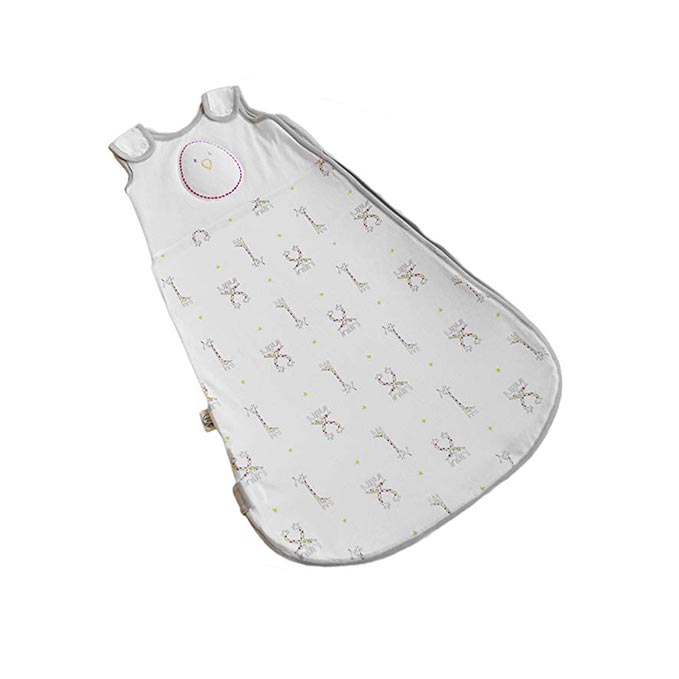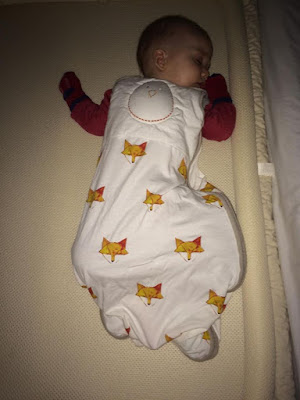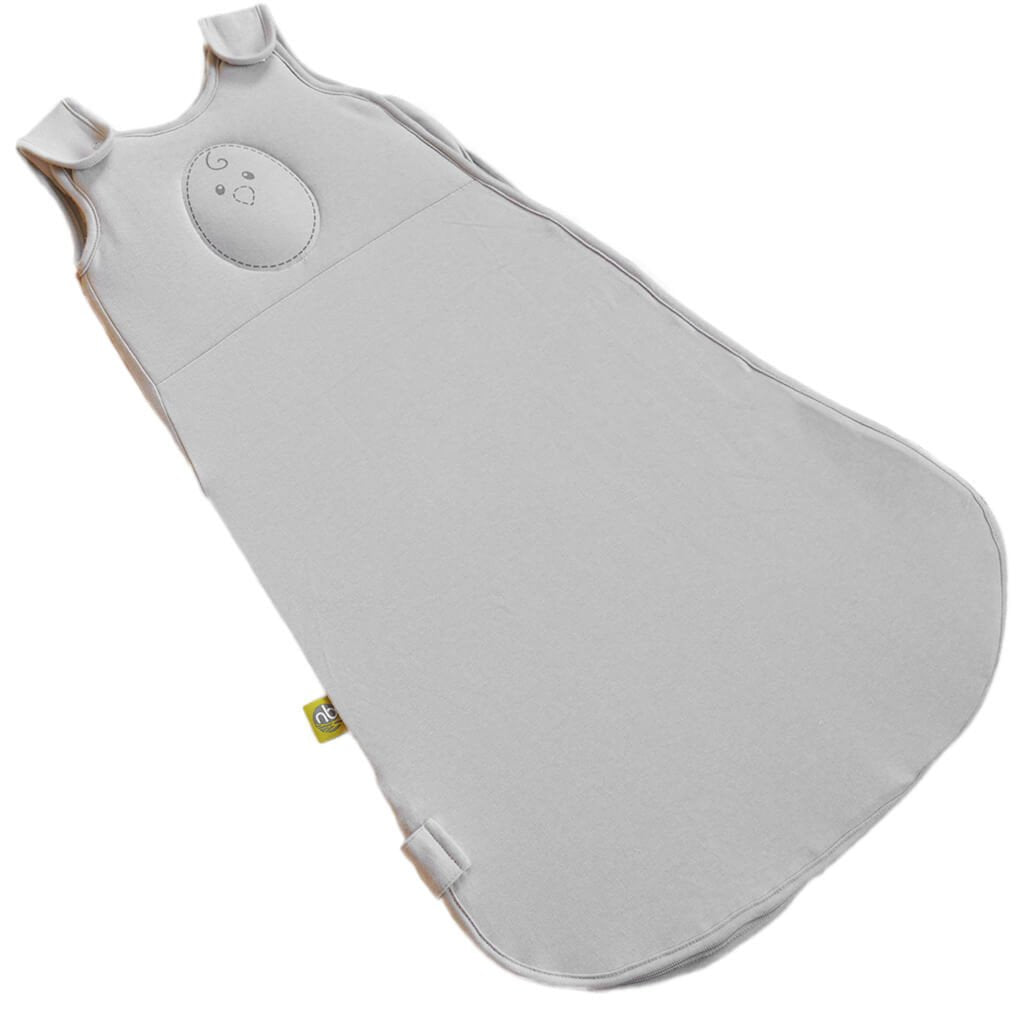


Recovering from a C-section with a squirrely, sensitive, and sometimes needy six-year-old and a newborn at home wasn't easy. If you buy a product we have recommended, we may receive affiliate commission, which in turn supports our work. Brown.As POPSUGAR editors, we independently select and write about stuff we love and think you'll like too. “Much more research needs to be done, and it’s still important to follow safe sleep practices, which have helped decrease the number of sleep-related deaths in infants drastically over the past few decades,” says Dr. It sparked headlines that implied scientists had identified the cause of SIDS, and that safe sleep practices might not be important. You might recall a recent study Opens a new window about a potential biomarker for SIDS. “A product will never be a replacement for safe sleep practices.” "I would be very cautious while using any product that claims to reduce your baby’s risk of SIDS,” says Dr. Wearable monitors that claim to reduce the risk of SIDS should be avoided: The AAP clarifies that these devices are not as tightly regulated as medical devices, and may provide parents with a false sense of security.She recommends that parents avoid over-bundling babies and that they examine them frequently for signs of overheating: flushed skin, sweating, or feeling warm to the touch. “Babies have a hard time regulating their own temperature, and if you put a hat on their head, they can’t get rid of excess heat,” says Dr. And indoors, the risk of overheating starts to outweigh any potential benefit of hat wearing.

Babies shouldn't wear hats indoors after they leave the hospital: There isn’t actually much in the way of evidence that hats help prevent hypothermia.People who are smoking or vaping should not be around babies, especially in the first few months, because it’s an external stressor that puts them at risk for sleep-related deaths.” “Nicotine may mask that response in babies, so that’s something we really have to pay attention to. “If your oxygen is low, your brain kicks in to say, ‘Maybe you need to breathe deeper or faster,’” explains Dr. And while there isn’t a lot of research on vaping specifically in this context, the AAP recommends that anyone living with an infant not vape since it exposes the baby to nicotine. Vaping, marijuana, and opioids should be avoided during pregnancy and after birth: Several studies have shown that maternal smoking during pregnancy and around babies after birth is a major risk factor for SIDS, but this is the first time that e-cigarettes, marijuana, and opioids have been specifically mentioned in the AAP’s safe sleep policy.This is consistent with the Biden administration's recent Safe Sleep Act, which banned inclined sleepers, as well as padded bumpers, from being sold in the U.S. But now, the AAP specifies that sleep surfaces should also be flat, with an incline of less than 10 degrees. Sleep surfaces must be flat: In the prior version of the AAP’s safe sleep policy, parents were told to use a firm sleep surface.“There are so many new products out there, and we really need more research to see if they’re safe or not.” Other policy changes address sleep surfaces, vaping, and moreĪdditional key changes in the updated policy include: If you’re unsure if a product is safe for sleep or not, Dr. For now, based on babies' breathing patterns and the risks associated with restricted breathing, I recommend against these.” "A weighted blanket or swaddle may restrict their ability to breathe effectively, which could be quite dangerous. We need more studies on these types of products to see if they actually impact sleep duration, if they’re safe for sleep, and, if so, what weight is appropriate.

"Babies' chest walls are softer than adults', and they often take smaller and faster breaths," says Dr. While there isn’t clear evidence that weighted swaddles and blankets are unsafe, there also isn’t proof that they’re definitely safe for babies, who are still vulnerable and developing.


 0 kommentar(er)
0 kommentar(er)
